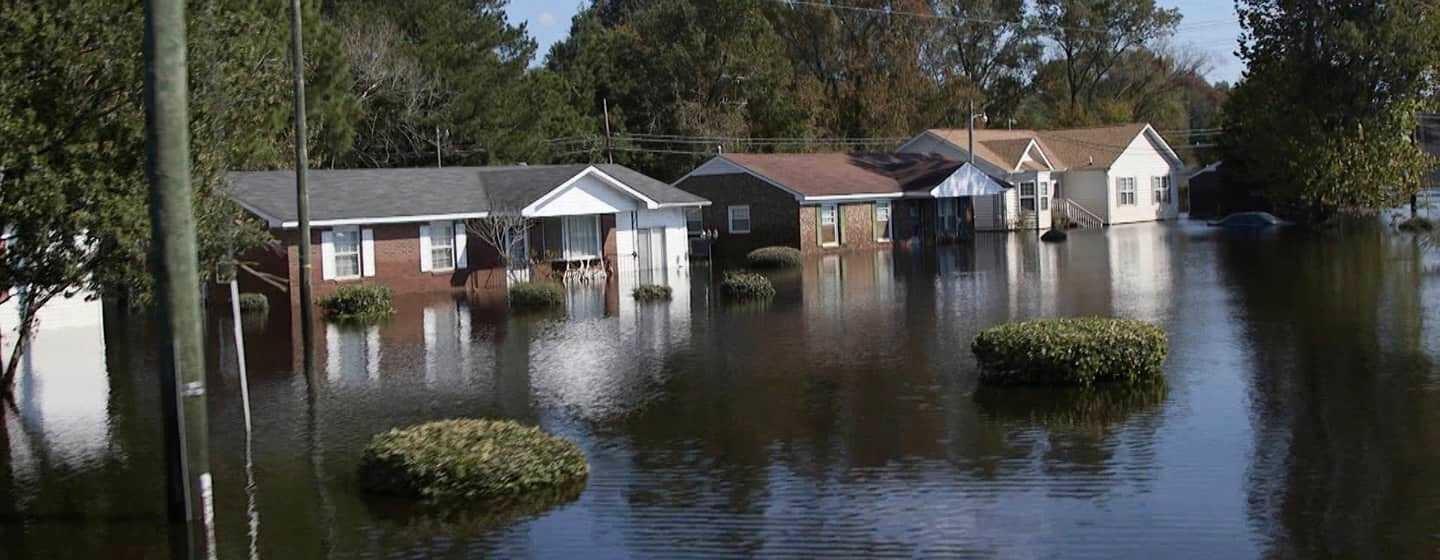New Flood Warning System in Place for Hurricane Season


The past few months have shown it’s not always a hurricane that triggers extreme rain events. 25 inches of rain flooded Fort Lauderdale, FL in one day. Rain from strong offshore storms swamped Southern California over several days.
And yes, the rains from tropical storms and hurricanes are an annual concern in North Carolina.
Researchers at North Carolina State University predict an average 2023 hurricane season with 11-15 named storms in the Atlantic Basin, which includes the entire Atlantic Ocean, the Gulf of Mexico and the Caribbean Sea. Of those, six to eight could become hurricanes. And of the hurricanes, two to three could become major hurricanes.
The number of named storms predicted is at the higher end of the long-term averages, but at the lower end of more recent 30-year averages, according to Lian Xie, Professor of Marine, Earth and Atmospheric Sciences at NC State. The long-term (1951 to 2022) average of named storms is 11, and the more recent average (1991 to 2020) is 14 named storms.
Xie’s methodology evaluates more than 100 years of historical data on Atlantic Ocean hurricane positions and intensity, as well as other variables, including weather patterns and sea-surface temperatures, to predict how many storms will form in each ocean basin.
This year’s hurricane season begins June 1, 2023 and runs through November 30.
Whatever happens during hurricane season, the North Carolina Department of Transportation has a new warning system in place to allow officials, for the first time, to analyze, map and communicate in real time any flood risks to roads, bridges and culverts.
The advanced flood-warning system relies on a network of 400 river and stream gauges and will help NCDOT maintenance staff respond to flooded roads and washed-out culverts.
The information will also be shared with local emergency management officials as well as the general public through DriveNC.gov.
The warning system covers almost 3,000 miles of state-maintained roads, and around 15,000 bridges and culverts statewide.
“This state-of-the-art warning system our department has created will help us be better prepared for the next major storm,” Transportation Secretary Eric Boyette said in a statement. “Even though we’ve had some quiet hurricane seasons recently, we cannot let our guard down.”
In 2018, Hurricane Florence severely impacted the state’s road network, cutting off communities for days. After the storm, the North Carolina Legislature gave NCDOT a $2 million grant to develop software and install more flood gauges.
The new system relies on NCDOT gauges but is also able to access information from gauges operated by other agencies including the U.S. Geological Survey.
In addition to the data collected from gauges, NCDOT is partnering with the University of North Carolina Chapel Hill’s Renaissance Computing Institute and the U.S. Department of Homeland Security’s Coastal Resilience Center of Excellence to receive forecast modeling data on how storm surge may affect the state’s road network in coastal areas.
And if you’re wondering, the names for the 2023 hurricane season include Arlene, Bret, Cindy, Don, Emily, Franklin, Gert, Harold, Idalia, Jose, Katia, Lee, Margot, Nigel, Ophelia, Philippe, Rina, Sean, Tammy, Vince and Whitney.